The iPhone XS & XS Max Review: Unveiling the Silicon Secrets
by Andrei Frumusanu on October 5, 2018 8:00 AM EST- Posted in
- Mobile
- Apple
- Smartphones
- iPhone XS
- iPhone XS Max
Camera - Low Light Evaluation
In low-light scenarios, we should see the new iPhone XS showcase significant improvements thanks to the 50% better light capture ability of the new sensor. Apple’s still only employing a f/1.8 aperture lens on the XS - so while it will improve over past phones, at least on paper it’s still at a disadvantage to say Samsung’s latest phones, which have an extra-wide f/1.5 aperture available to them.
[ iPhone XS ] - [ iPhone X ] - [ iPhone 7 ] - [ iPhone 6S ]
[ Galaxy Note9 ] - [ Galaxy S9+ ] - [ Galaxy S8 ]
[ LG G7 ] - [ LG G6 ] - [ LG V30 ] - [ OnePlus 6 ]
[ Mi MIX2S ] - [ Pixel 2XL ] - [ P20 Pro ]
In this first shot, we immediately see the new iPhone’s advantage over last year’s flagship. There is a lot more definition in the grass, less noise throughout the image, and less blown out lights in the scene.
Unfortunately, Apple is as expected still at a great disadvantage to Samsung here, as the latter is just able to give more light onto the whole scene, and the most evident, more colour to the grass. In terms of raw low light capture, the Huawei P20 Pro is still far ahead here, thanks to its massive sensor that is able to collect significantly more light.
[ iPhone XS ] - [ iPhone X ] - [ iPhone 7 ] - [ iPhone 6S ]
[ Galaxy Note9 ] - [ Galaxy S9+ ] - [ Galaxy S8 ]
[ LG G7 ] - [ LG G6 ] - [ LG V30 ] - [ OnePlus 6 ]
[ Mi MIX2S ] - [ Pixel 2XL ] - [ P20 Pro ]
At first glance, the iPhone XS didn’t shoot a much brighter picture than the iPhone X in this construction scene. Opening up the full resolution images however shows that the new XS showcases much better details and lower noise. It’s not enough to compete with the S9+, and certainly not with the insane ISO25600 shot of the P20 Pro.
It’s interesting to see the improvements over the years from the iPhone 6S on – which barely manages to capture anything in this scene.
[ iPhone XS ] - [ iPhone X ] - [ iPhone 7 ] - [ iPhone 6S ]
[ Galaxy Note9 ] - [ Galaxy S9+ ] - [ Galaxy S8 ]
[ LG G7 ] - [ LG G6 ] - [ LG V30 ] - [ OnePlus 6 ]
[ Mi MIX2S ] - [ Pixel 2XL ] - [ P20 Pro ]
The next shot is probably the only one that I found to be really problematic for Apple. Both on the iPhone X and the new XS, the resulting images weren’t consistent in consecutive shots. In four shots in a row, the iPhone XS kept changing the colour temperature. The same thing happened on the iPhone X, so I think this was part of Apple’s exposure / colour balance algorithm.
Colour balance aside, the exposure is similar between the X and the XS, and all the improvements of the new sensor go directly into improved detail and noise reduction throughout the scene, which is significantly better again compared to last year’s iPhone.
Here Apple is very close to Samsung, showcasing a bit better shadows, but still losing out in details in some parts of the scene. The P20 Pro is yet again the low-light kind here, as it just have that much more dynamic range work with.
[ iPhone XS ] - [ iPhone X ] - [ iPhone 7 ] - [ iPhone 6S ]
[ Galaxy Note9 ] - [ Galaxy S9+ ] - [ Galaxy S8 ]
[ LG G7 ] - [ LG G6 ] - [ LG V30 ] - [ OnePlus 6 ]
[ Mi MIX2S ] - [ Pixel 2XL ] - [ P20 Pro ]
Again, the iPhone’s new sensor comes into play in these concrete trucks. The XS makes very good dealing of the blown highlights present in the iPhone X shot. Samsung is able to produce more vibrancy in the blue of the trucks. Huawei’s multi-exposure computational photography night mode is the best of all phones here as it’s just able to bring out that much more from the shadows.
[ iPhone XS ] - [ iPhone X ] - [ iPhone 7 ] - [ iPhone 6S ]
[ Galaxy Note9 ] - [ Galaxy S9+ ] - [ Galaxy S8 ]
[ LG G7 ] - [ LG G6 ] - [ LG V30 ] - [ OnePlus 6 ]
[ Mi MIX2S ] - [ Pixel 2XL ] - [ P20 Pro ]
Apple's use of SmartHDR in this picture is extremely evident, as it really brings down the highlights of the lamp and brings out more shadows throughout the scene. The XS provides better detail, but it’s not as big of a difference as we’ve seen in other shots.
Apple’s usage of HDR here puts it ahead of the Samsung devices, trading blows with the P20 Pro, winning in some regards, while losing in others.
[ iPhone XS ] - [ iPhone X ] - [ iPhone 7 ] - [ iPhone 6S ]
[ Galaxy Note9 ] - [ Galaxy S9+ ] - [ Galaxy S8 ]
[ LG G7 ] - [ LG G6 ] - [ LG V30 ] - [ OnePlus 6 ]
[ Mi MIX2S ] - [ Pixel 2XL ] - [ P20 Pro ]
Finally, I wanted to test the iPhone XS to its limits and see what it can do in essentially impossible scenarios of low light.
Exposure-wise, the iPhone XS is no better than the X here. It provides better sharpness and less noise, however the image is still too dark to be of any use. I wish Apple would introduce a more innovative low light shooting mode, such as LG’s pixel binning mode. Huawei’s ISO51200 capture of this scene is just so beyond any other current phone, that it really raised the bar in what we’d normally expect to see in a smartphone.
Low-light conclusion
The new iPhone XS sensor is a great improvement to Apple’s lineup. Its advantages over the iPhone X are clearly evident in every single low-light shot, showcasing greater detail and sharpness while reducing noise. SmartHDR doesn’t seem to be something that’s solely for daylight shots, as Apple and the iPhone XS seem to make use of it in some low-light scenarios, giving the camera a further advantage over last year’s phones.
While Apple has showcased some really good progress, it’s can still lag behind low-light image quality of Samsung and Huawei’s P20 Pro. The former’s bigger aperture is just a sheer hardware advantage, while the latter enormous sensor makes use of innovative image processing to really raise the bar in terms of extreme low light photography. Here the iPhone XS is good; but it just can’t keep up.


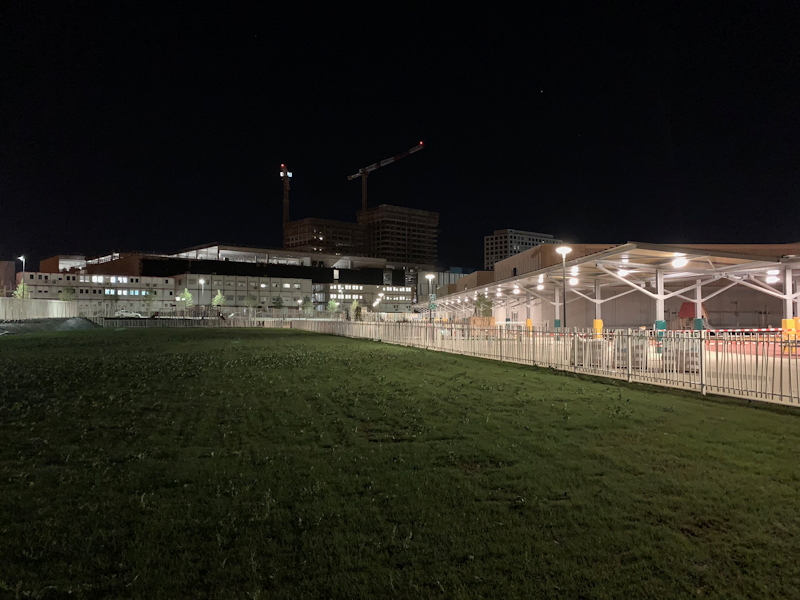
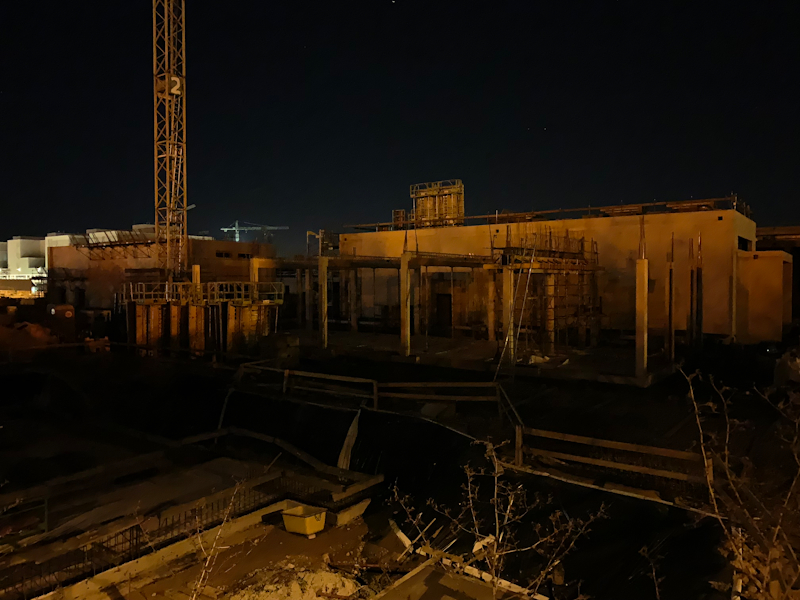
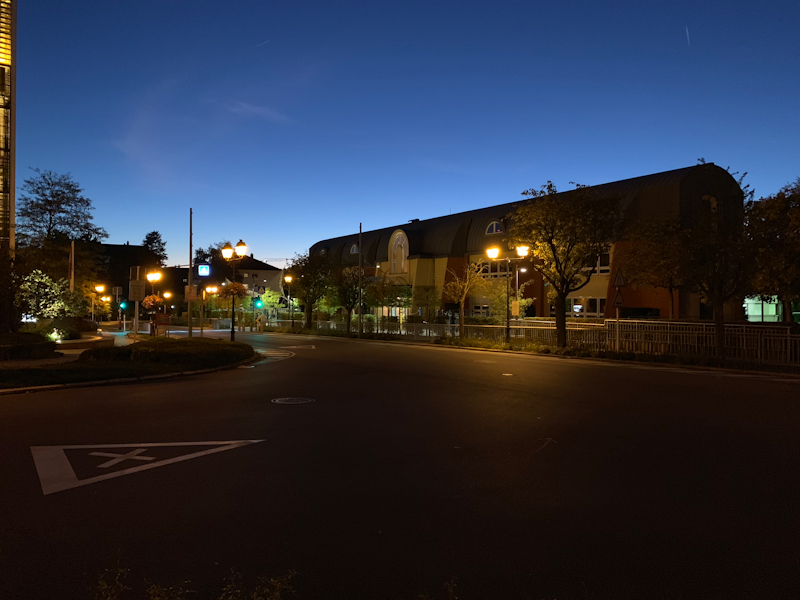
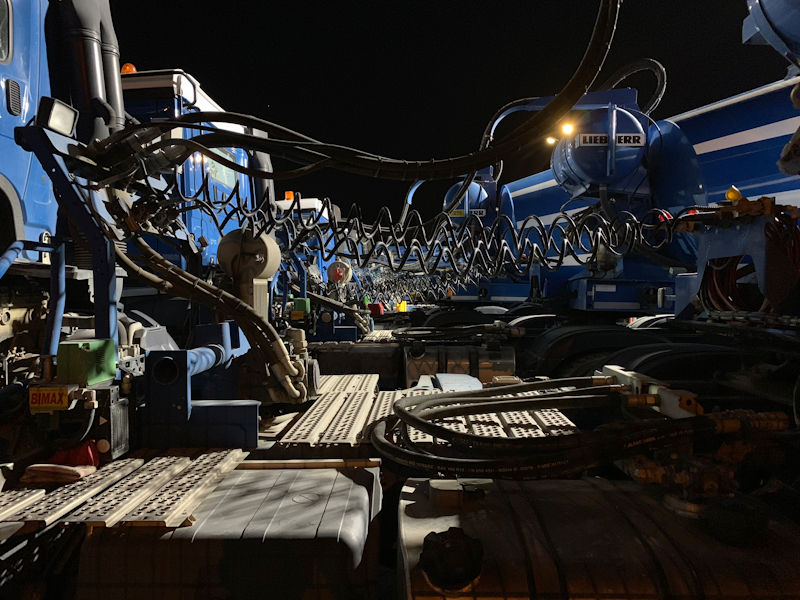
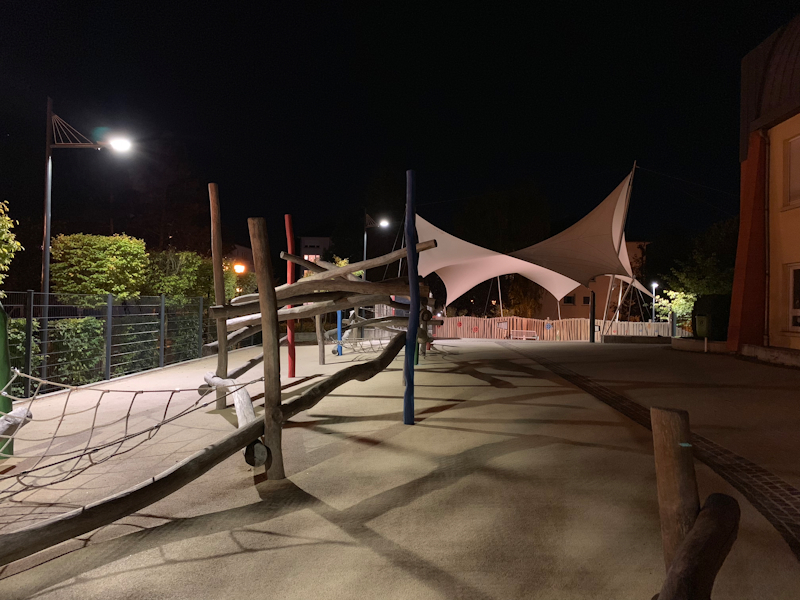
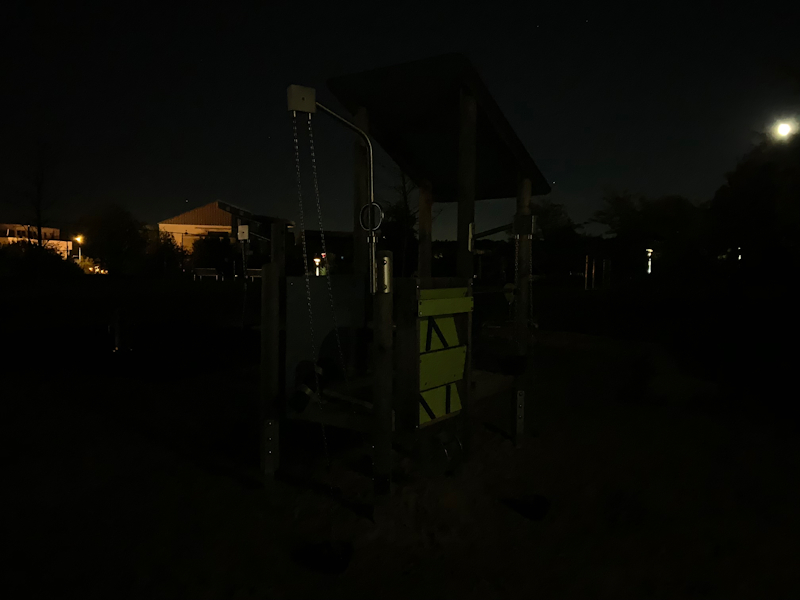








253 Comments
View All Comments
Constructor - Monday, October 8, 2018 - link
I don't see that happening at all because Apple has explicitly maintained a clear distinction between Macs and iOS exactly along the lines of different interaction paradigms (point-based vs. touch).Windows with touch continues to be a mess and I don't see Apple following Microsoft into that dead end.
Constructor - Monday, October 8, 2018 - link
If they'd have a replacement offering noticeably higher performance than any Intel Mac Pro and if legacy software at least ran decently until new ARM recompiles were available, I don't think most users would mind all that much.Going from PowerMacs to Mac Pros was also not entirely painless, but most users still thought it was worth it overall.
id4andrei - Sunday, October 7, 2018 - link
Andrei, I remember you mentioning in the comment sections of an article - maybe the S9 review - that the A11 cannot maintain it's freq and drops by as much as 40% while the Snapdragon drops only 10% on sustained workloads.You made your testing on a bench fan. You tested the potential of the A12, and it is incredible, but not the real life performance of the iphone. When used for prolonged sessions the A12 might reach its threshold faster than the Snapdragon and drop performance. What are your musings on this? Throttling matters and identifying it is very important, especially considering Apple's recent history. The CPU is great but is that top performance sustainable and for how long?
Andrei Frumusanu - Sunday, October 7, 2018 - link
What you mention is in regards to the GPU performance, it's addressed in that section in this piece.And of course it's the real performance of a phone. The duration of a benchmark doesn't change the fact that the CPU is capable of that throughput. Real world workloads are transactional and are a few seconds at best in the majority of use-cases. In such scenarios, the performance is well exhibited.
id4andrei - Sunday, October 7, 2018 - link
That makes perfect sense. No one does folding on smartphones. Thanks for the prompt reply.eastcoast_pete - Sunday, October 7, 2018 - link
Also, folding your smartphone is really hard, and doesn't end well for the phone (:FunBunny2 - Sunday, October 7, 2018 - link
"folding your smartphone is really hard, and doesn't end well for the phone"I don't recall (too lazy to confirm :) ) which company, but a patent was awarded a couple or so years ago for a flexible display, such that it would (according to the drawing I saw) make a cylindrical bend the hinge when closed. still hasn't appeared, so far as I know. let's see... looks like Samsung and LG have some, and more recently than when I first saw..
here: https://www.androidauthority.com/lg-foldable-phone...
eastcoast_pete - Monday, October 8, 2018 - link
Yes, that comment was in jest. I believe both Samsung, LG and Huawei have folding smartphones with folding screens underdevelopment. If those work out and aren't too pricey, I'd be interested. Nice to be able to fold a phone with a 7 inch display to a little more then half its full size.varase - Tuesday, October 23, 2018 - link
While this would probably be neat to see in the short run, I can't imagine that would yield a long lasting display over the long haul.Javert89 - Sunday, October 7, 2018 - link
Hi, do you think the current power draw of the CPU (in watt) is sustainable for the battery, expecially in the long term? In this review you cite a case where a GPU benchmark made crash the phone because the power required is too high.. Any chance to see this behavior on real life scenario? Moreover do you think that the power draw (watt) is sustainable in smartphone envelope? Or other aspects like overall power consumption or leakage count?